A popular ski resort town in Colorado is adopting a new AI Smart City Solution from Hewlett Packard Enterprise (HPE) to help it better detect wildfires, as well as update a range of other city services.
Vail is expanding its firefighting toolbox as hotter, more arid weather with climate change raises wildfire risk in the western US. Colorado has suffered 11 of the 20 largest fires in state history just within the last five years. Researchers and first responders are increasingly exploring ways in which new AI tools might help them get ahead of blazes.
“Fires are part of our life 1761791879 in the mountains, and we have to be prepared for them,” Vail town manager Russell Forrest tells The Verge.
“Fires are part of our life.”
The collaboration with HPE for wildfire detection came together quickly this year, as Forrest was keeping an eye on a wildfire burning about 30 miles away from his town in July. “One of the things that became very apparent with that fire is that rapid detection of the fire and then the response to that made a big difference and will continue to make a difference in terms of managing future fires where we are,” he says.
Forrest connected with HPE and the company Kamiwaza, which has developed an AI orchestration platform, to ask how AI might be able to help the town. Now, Vail is the first municipality in the US to adopt HPE’s new “smart city solution,“ developed alongside Kamiwaza, Nvidia, and several other tech companies.
The aim is to make it quicker and easier to analyze footage the town already takes using cameras placed on buses and high vantage points on the mountains. Until now, it was primarily people who analyzed those videos trying to spot signs of fire and sometimes being stymied by whether what they saw was smoke or fog. They might have to send people out to a place where there appeared to be a lightning strike to see if it had sparked a blaze.
The new AI-enhanced system can restore higher fidelity in the images if needed and then apply video analytics against it, HPE vice president of AI and hybrid cloud business development Robin Braun explains. It’s been trained to identify lightning strikes and smoke in real time. On the agentic back end, the Kamiwaza platform adds additional context like weather indications (has it been snowing lately or is there a red flag warning in effect?) that might indicate how serious of an event this is and how to respond.
In addition, geospatial data analysis provided by Blackshark.ai is also incorporated into the smart city system. It can utilize drone and satellite images to assess how dry or healthy vegetation is as a measure of fire risk, as well as see how close fire-prone brush is to homes to figure out what needs to be cleared.
Vail isn’t alone in testing out new AI tools for fire detection. The National Oceanic and Atmospheric Administration (NOAA) has developed an experimental Next Generation Fire System (NGFS) to automate fire detection from satellite imagery. It searches for heat anomalies to detect fires and then sends alerts through an online dashboard that debuted in February to keep first responders and other officials informed.
A conundrum with all the excitement around using AI to detect fires is that the boom of new energy-hungry AI data centers has also led to a spate of new fossil fuel projects. Planet-heating pollution from new oil and gas infrastructure can literally add fuel to the fire by exacerbating climate change.
Energy demand is something Forrest says he considered, too, before implementing the new program. HPE’s smart city platform will run out of a nearby data center that is primarily powered by renewable energy. The data center is plugged into the local power grid with electricity provided by Holy Cross Energy, a rural electric co-op that says that 76 percent of its portfolio in 2024 was made of renewable energy (mostly wind). That’s a higher proportion than the nation as a whole; only about 20 percent of the US electricity mix comes from renewables.
Wildfire detection and prevention are only one piece of HPE’s smart city platform. Vail also plans to use it to streamline administrative tasks, including reviewing housing permits and business license applications, make sure municipal websites are in compliance with federal laws ensuring accessibility for people with disabilities, and more. A new “digital concierge” at the public library is supposed to help provide information to residents and visitors. The town of just 4,300 residents is inundated with up to 30,000 visitors a day during peak ski season, and the hope is that the AI platform can free up staff to tackle the most pressing priorities.

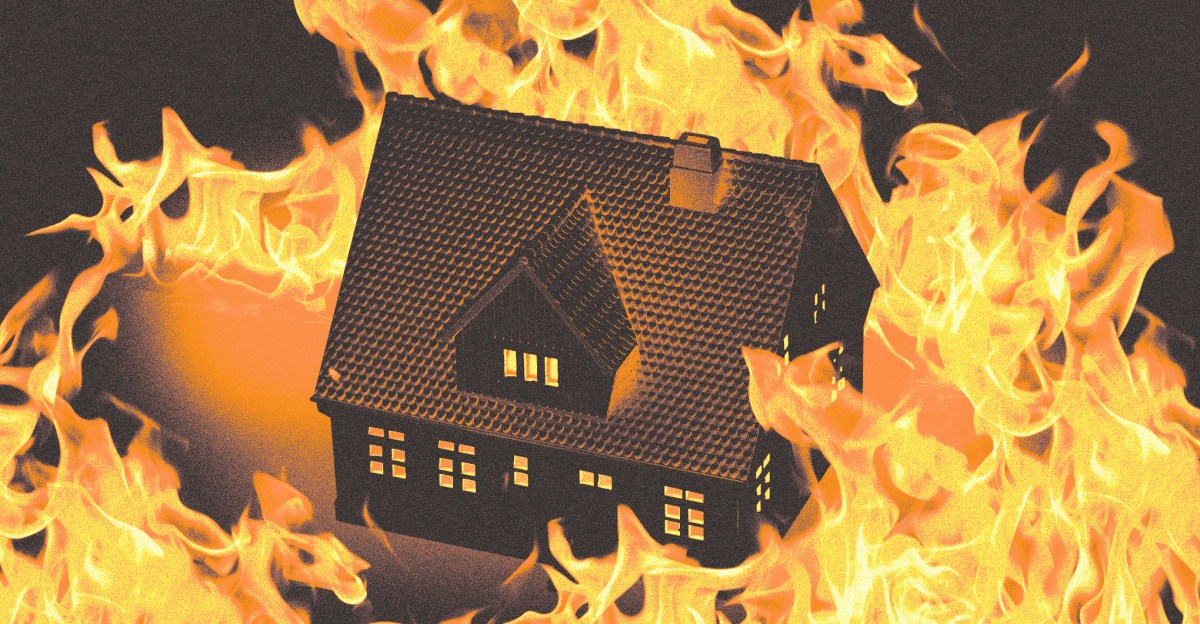



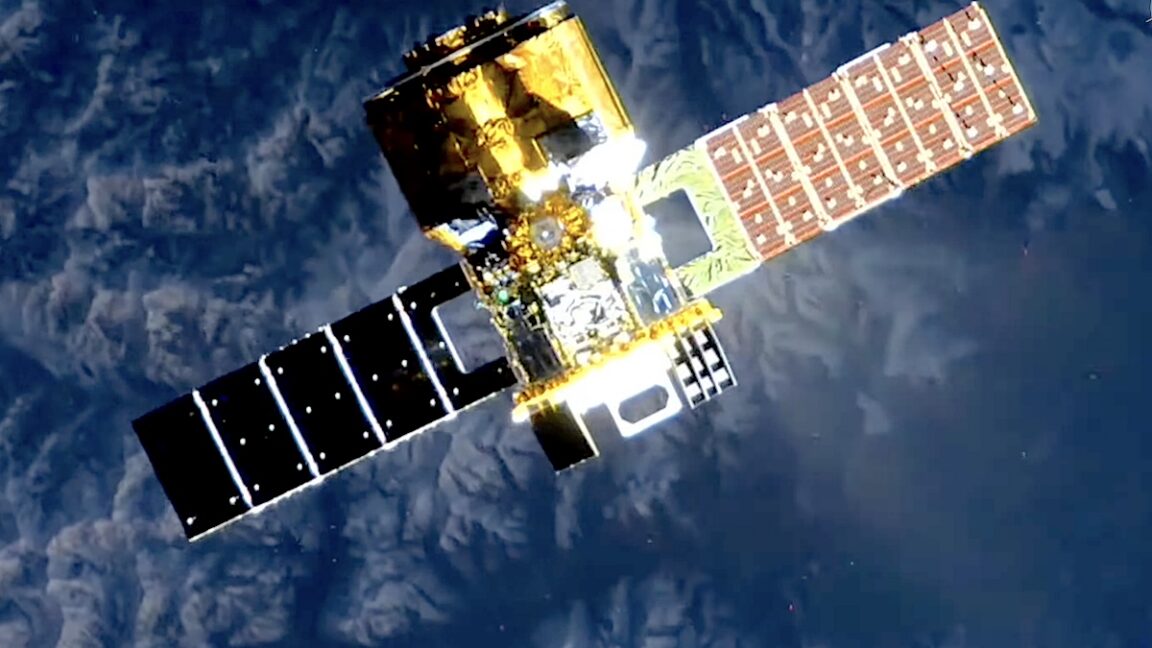


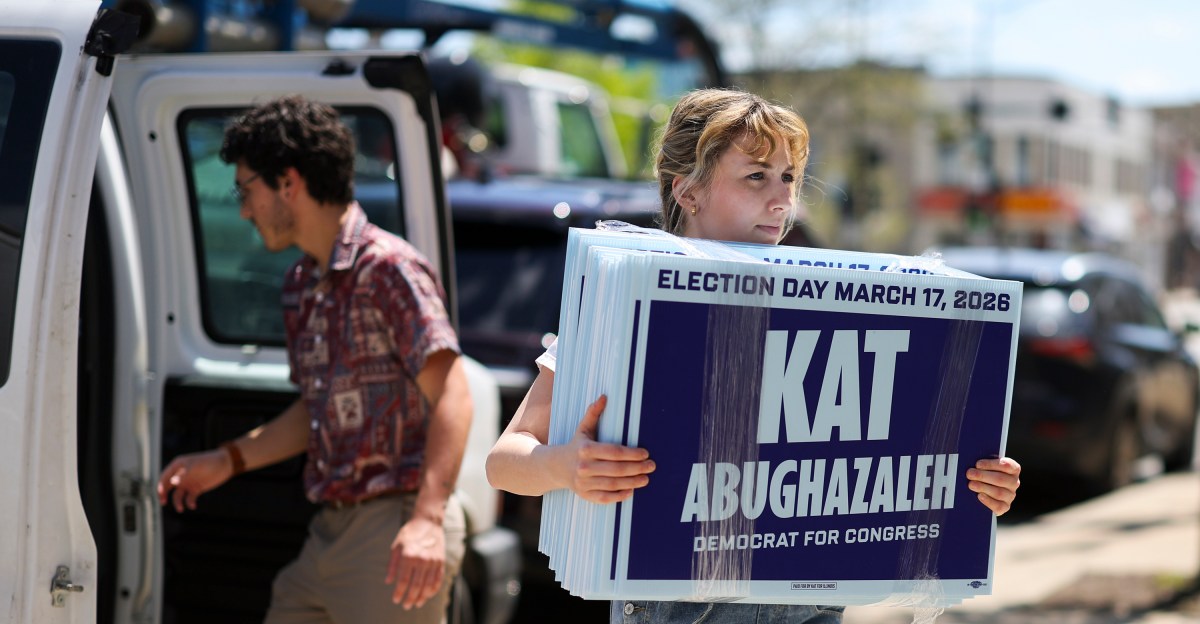

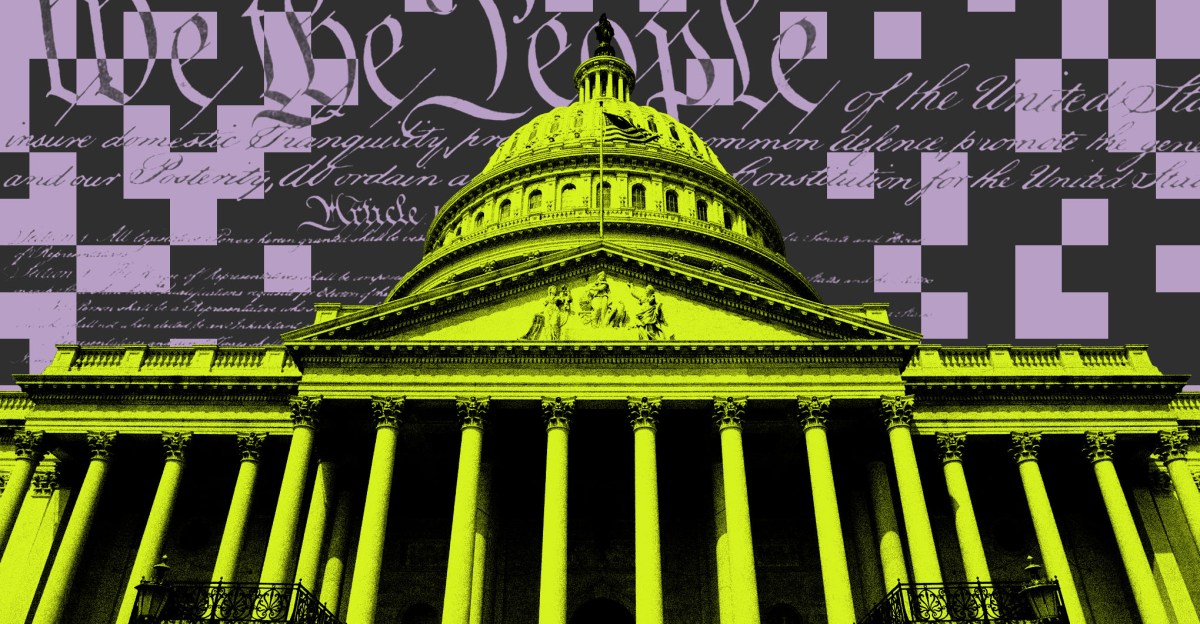
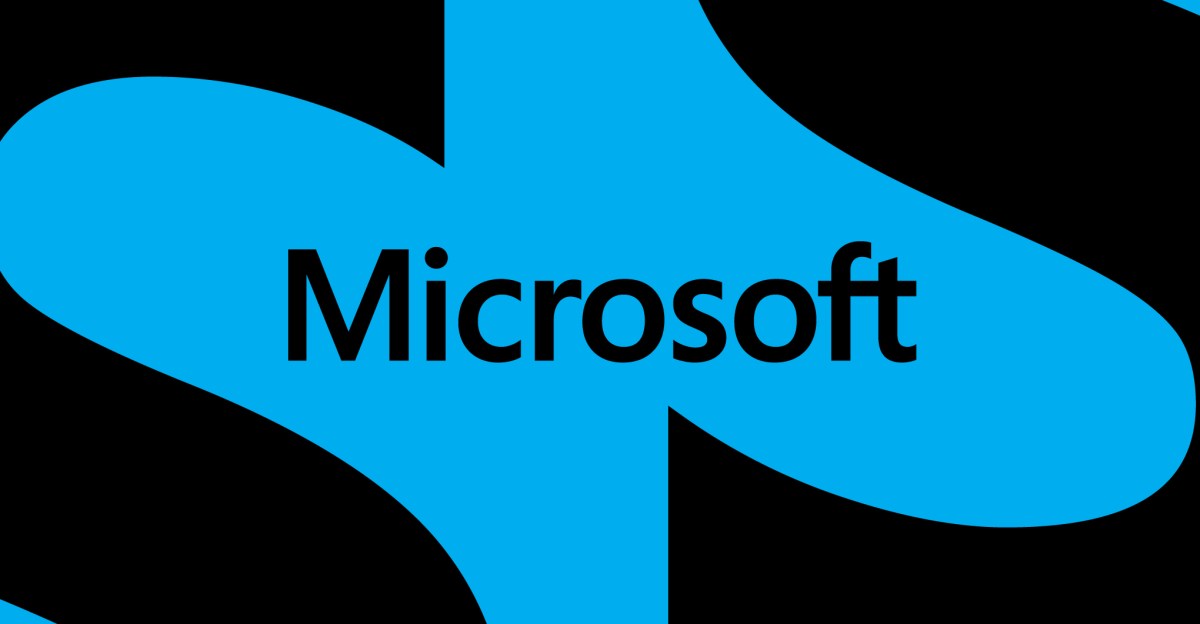




Leave a Reply